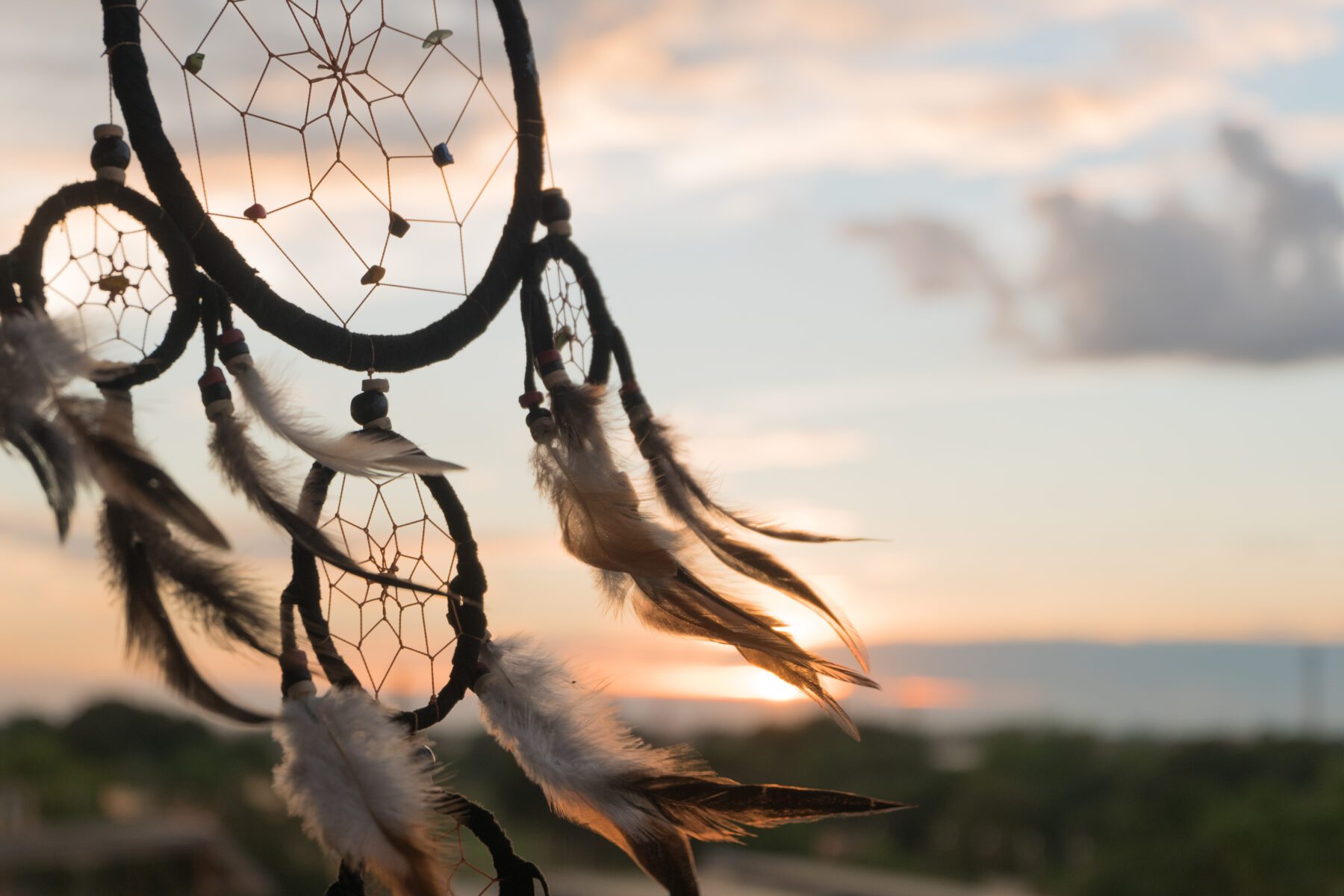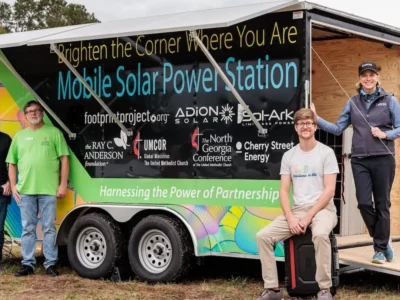Originally a gift of a Warrior who fought at the Battle of Little Bighorn (or Greasy Grass, as the Lakota call it), the land surrounding St. Gabriel’s Camp at Standing Rock Indian Reservation in the Dakotas is uniquely positioned to help the youth of the Indian Reservation as well as visitors from all over the world learn about indigenous theology, treaty rights, and the importance of creation care.
The camp, in Solen, North Dakota, is managed by the Episcopal Diocese of North Dakota. Reverend Dr. John Floberg has served as Priest of the Standing Rock Sioux Reservation for over 30 years. After the protests in Cannon Ball over the Dakota Access Pipeline drew the eyes of the world and brought hundreds of different tribal communities to Standing Rock, St. Gabriel’s Camp began to see a new vision for its purpose.
“We started to look at the property as a resource for the environment,” Rev. Dr. Floberg shared. “Our focus is on indigenous and tribal communities and how the church can help others become allies with tribal nations.”
Building on the foundation of Standing Rock’s history, St. Gabriel’s Camp began to form a plan for how to use the camp year-round as the base where people could come and learn (or be reminded) that every square inch of this continent was indigenous territory. The rudimentary structures of the camp, including no shower hookups or electricity in some of the buildings, rendered it virtually useless six months out of the year. The Camp applied for and earned a grant from the Episcopal Church to refurbish some of its structures so that they can be used to host groups of 25 or so very comfortably, no matter the season. They’ve also incorporated solar panels at the camp and geothermal heat.
The goal is to get people oriented to an indigenous perspective of land and people’s relationship to that land. Hopefully it doesn’t stop with Standing Rock. Visitors to Standing Rock can take home their new perspective and return to develop relationships with the Native People who lived first on the visitors’ homeland.
The Native People of each region in the United States have a deeper memory of the land than anyone else. There’s no other group who has a memory before theirs.
“They knew how to live there before there was electricity, propane, natural gas, etc. They knew how to survive in that environment, and they knew how to do it well,” said Rev. Dr. Floberg.
The Lakota Long View
The Lakota had a different approach to change before Europeans came to the Americas. As the environment and the area’s resources changed, they sought ways to live in harmony with the land’s resources. Their perspective on using the land’s resources this way takes root in the way the Lakota see the community and decisions that are made for it as more than just the people living right now. Community spans across seven generations.
“There are two ways of approaching it,” Rev. Dr. Floberg explained. “Seven generations from now, those children being born need to have the same benefit of this world that we have. Another way of talking about it is to look three generations behind you. You might have known your great grandparents but likely not. There were things they did and carried forward that came to us in this middle generation. We carry that forward to our children, grandchildren, and to the benefit of our great-grandchildren. It’s a bookend of people we don’t know but we are related to and are accountable to.”
Whether we adopt the seven generations from now or the “sandwich” generational view, the Lakota long view of our relationships on this earth can drastically impact how we view our own choices regarding creation.
“The West views the future as more important than the past, and maybe even more important than the present, or that what’s most important is the present and the future and past don’t matter,” said Rev. Dr. Floberg. “The Lakota way is that the past is what is most important. That’s what holds us.”
In addition to this perspective, other wisdom from Native peoples is incorporated into training materials at St. Gabriel. With research led by Dakota Goodhouse, a history instructor at United Tribes College in Bismarck, visitors learn the way tribal nations mapped and named their land.
“There’s a sacredness in naming things, identifying things, knowing what is beneficial for medicines, knowing what’s there and how you should live within a certain environment,” Rev. Dr. Floberg shared. “When we try to dominate our environment, that’s when we get in trouble.”
This was particularly evident during the pipeline protests at Standing Rock.
“When indigenous people moved in [to the camp] in August and September, they lived in that camp a certain way,” said Rev. Dr. Floberg. But as non-Indian people came in, friction grew between groups. “A lot of indigenous people moved away from the camp when the weather got hard.” Historically, tribal people would move with the seasons instead of demanding the surrounding environment provide for all their needs. Instead, non-Native people in the camp were cutting down green trees for firewood instead of trying to find a dead tree or one that was dying. “That’s not sustainable,” Rev. Dr. Floberg said.
Goodhouse told Floberg that during the summertime the tribal nations would live in bigger camps, but as the weather turned, tribes needed to spread out and move to smaller camps so that the land could sustain them. Spread out, they could make better use of the environment to live through the winter. Wisdom like this and other ways of thinking about the land can help us better understand our relationship to it.
The Western interpretation of the story of creation in Genesis has typically been one that emphasized dominion—power over and subjugation of—the land. Native eyes see the story of creation differently. They understand our place in creation—the naming of all of the animals—as making a relationship with creation.
“When you know someone’s name you can be in relationship with them,” said Rev. Dr. Floberg. Indigenous people can help us look at our own biblical stories and narratives and see them in new and reforming ways. “We’re not taking the story out of Genesis, we’re understanding it in a new and fresh way, maybe the way it was meant to be understood.”
“Indigenous Christianity isn’t going to throw Jesus away,” Rev. Dr. Floberg said. “I think Native people are going to help us understand our place in this creation in a different way.”





 Copyright
2024
Root and Vine
Copyright
2024
Root and Vine